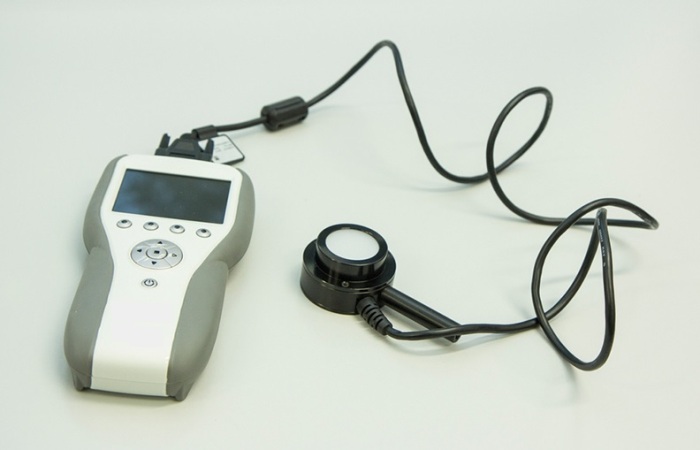
The global market for rheumatoid arthritis treatments is expected to grow at a CAGR of...
Learn More
Our consulting solutions address company specific challenges with respect to micro environment...
Learn More
Organizations frequently need day-today research guidancein order to gain strategic...
Learn More
Exploring different areas of market research and market analysis is a key factor...
Learn MoreAcute Market Reports presents the most extensive global business research services across industries. Our research studies focus on potential outcomes, benefits, and risks associated with each market segment across geographies. Having served our global clients for more than 10 years, our prime priority is to enable our clients in making well-informed business decisions through a data-driven, analytical, and uncomplicated research approach.
We provide access to the world's most comprehensive, analytical, and updated business intelligence services and solutions.




The microcrystalline cellulose market is expected to grow at a CAGR of 7.2% during the forecast period of 2025 to 2033. The drivers, including the rising demand for pharmaceuticals, growing adoption in the food and beverage industry, and expanding ap...
Read More
The wire mesh market serves a wide array of applications across industries, providing versatile solutions for filtration, reinforcement, security, and more. The wire mesh market is expected to grow at a CAGR of 4.9% during the forecast period of 2025...
Read More
The handheld laser meter market, integral to various industries and applications, is experiencing substantial growth driven by several key factors. The handheld laser meter market is expected to grow at a CAGR of 5% during the forecast period of 2025...
Read More




